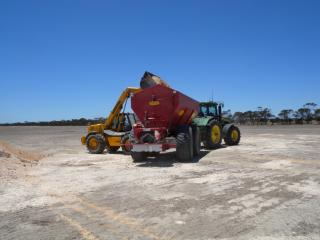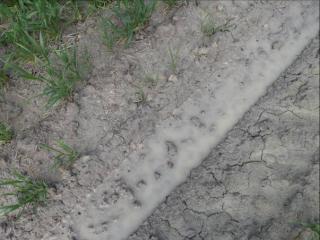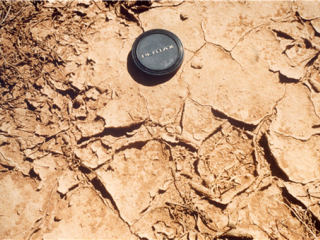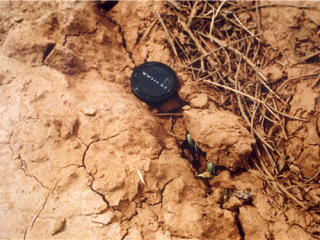What is aggregate stability and why is it important?
Soils are made up of aggregated sand, silt and clay particles bound together to form the soil matrix. The structure of the soil matrix regulates the movement of air and water to plant roots. It is desirable for plants to have a matrix that is porous, where the pores are interconnected, are of different sizes to allow water movement and storage, and retain their shape and continuity when subjected to external forces such as rainfall and traffic. Soils which have stable aggregates are invariably more productive.
What are the management options to improve aggregate stability?
There are several ways of improving aggregate stability:
- Retain surface cover to slow down the rate of wetting and lessen raindrop impact.
- Minimise tillage and traffic that damages exisiting soil structure.
- Increase root and biological activity by maintaining healthy vegetation growth.
- Increase exchangeable Calcium (Ca) relative to the other cations Magnesium (Mg), Potassium (K) and Sodium (Na).
Dispersive clay and loamy textured soils have traditionally been treated with gypsum to increase Calcium relative to the other cations (Figure 1). Gypsum (CaSO42H2O) reduces dispersion in two ways. Gypsum is a mild salt that when dissolved increases the ionic concentration within the soil solution. This has a positive effect on flocculating clay particles together. Farmers will know that salty dams often have clear water where as dams with low salt levels are more murky due to dispersed clay. The other effect of gypsum is the replacement of cations that are more dispersive (Na+, Mg2+) with Ca2+. Gypsum applied at a rate of 2.5–3t/ha is usually sufficient to overcome dispersion.
Which soils are most affected?
The soils most prone to slaking, dispersion and the development of crusts and hardset layers are typically clay and loamy textured soils and have:
- low organic matter (<1% organic carbon)
- low soluble salts (EC1:5 <0.2dS/m)
- high sodicity (exchangeable Na>6%)
- exchangeable Ca:Mg ratio <2.
A stability index incorporating each of these factors can be used to quantify the level of aggregate stability.
Tillage and traffic increase the risk and severity of aggregate instability associated with slaking and dispersion (Figure 2) in clay and loamy textured soils – which means that annual-cropped soils are more prone to aggregate instability than pastures.
What causes aggregate instability?
When a soil aggregate is immersed in water, the pressure of the entrapped air can cause the aggregate to break down into much smaller particles (that is, micro-aggregates) within the soil matrix. This process is known as slaking and is caused by a lack of physical bonds associated with organic materials, fungal hyphae and roots. Soils with low organic matter levels are most prone to slaking.
Micro aggregates can further separate into their primary sand silt and clay particles. Chemical bonds within the micro-aggregates become weaker due to the hydration and swelling of clays and the dilution of cations that electrochemically bind clay particles together. The type of cation is important in the dispersion process. Multivalent cations (Al3+, Fe2+ and Ca2+) tend to prevent dispersion, whereas cations that have a small charge or large hydration radius (Na+, Mg2+ and K+) will increase dispersion (Figure 3).
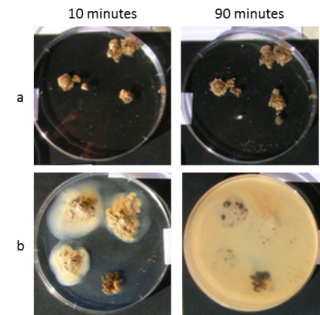
Management practices will affect aggregate stability. Soils that are exposed to tillage, traffic and raindrop impact are more prone to slaking and dispersion than those that have minimal traffic and where stubble mulch is retained.
Crusting (Figure 4) and hardsetting (Figure 5) are caused by unstable aggregates in clay and loamy textured topsoils. The crust is made up of thin layers of dispersed clay over silt and sand particles. Crusts are highly impervious to air and water. Hardsetting results from slaking and dispersion. As the soil dries down through the profile the water menisci draw the fine particles together to form a dense hard matrix on drying.
Perched water tables, water logging and impervious subsoils are also often associated with unstable subsoil clays and loams.


